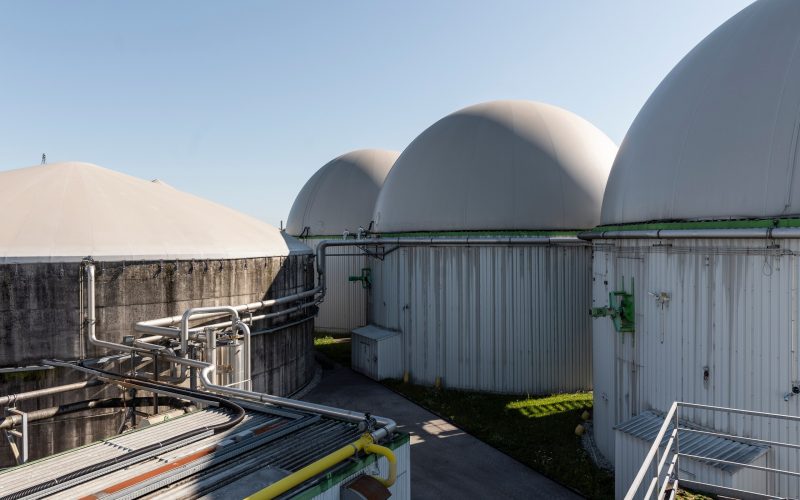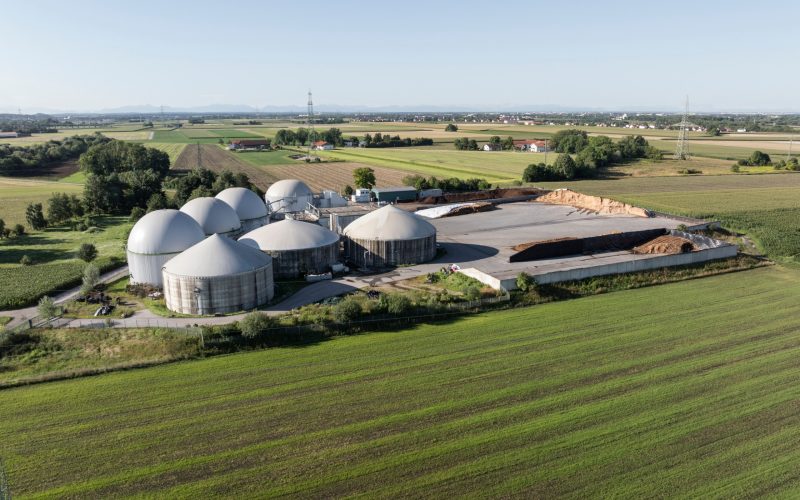Biogenic CO2: features and benefits
For the SAF platform, we have prepared a translation of important and interesting material explaining the difference between biogenic and non-biogenic CO2 and why biomass combustion does not pose a climate threat and is a carbon-neutral process.
Carbon dioxide can come from different sources:
- Slow domain of the carbon cycle (typically fossil fuels). Here, according to the Intergovernmental Panel on Climate Change (IPCC) we’re talking turnover times of more than 10 000 years.
- Fast domain of the carbon cycle (typically from biomass) with turnover times less than 500 years.
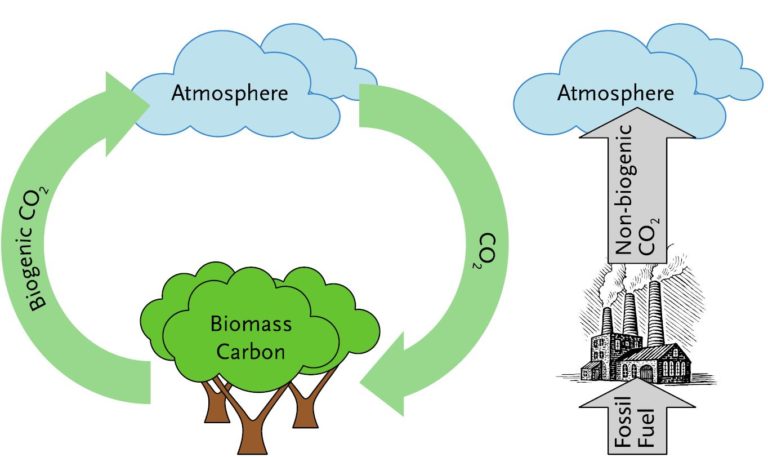
In light of this, the technology of capturing and storing biogenic CO2 (Bio-CCS) is extremely interesting, as it involves removing carbon that is already in the atmosphere. This gives a net negative effect on the total CO2 in the atmosphere, and is categorized under carbon dioxide removals (CDRs). Given the vector of society’s development towards climate neutralitybiogenic CO2 is becoming increasingly important for various sectors of the economy. Let’s explore where these technologies are most relevant.
Bioethanol plants
Bioethanol production plants have large amounts of biogenic CO2 emissions because they use natural biological processes to convert plant materials (such as corn, wheat, sugar beet or sugar cane) into ethanol fuel. During the production process, the plant materials are first fermented with yeast, which produces bioethanol as a byproduct. The bioethanol is then separated from the fermented mixture and purified for use as a fuel.
Biogenic CO2 emissions are also produced as a byproduct during fermentation. As a rule, 1 kg of bioethanol produced from corn gives 1 kg of biogenic CO2 from fermentation process and 0,5 kg of CO2 from the rest of production (could be a combination of fossil and biogenic, but is typically fossil). Therefore, bioethanol plants often have CO2 emissions with approximately 70% biogenic CO2.
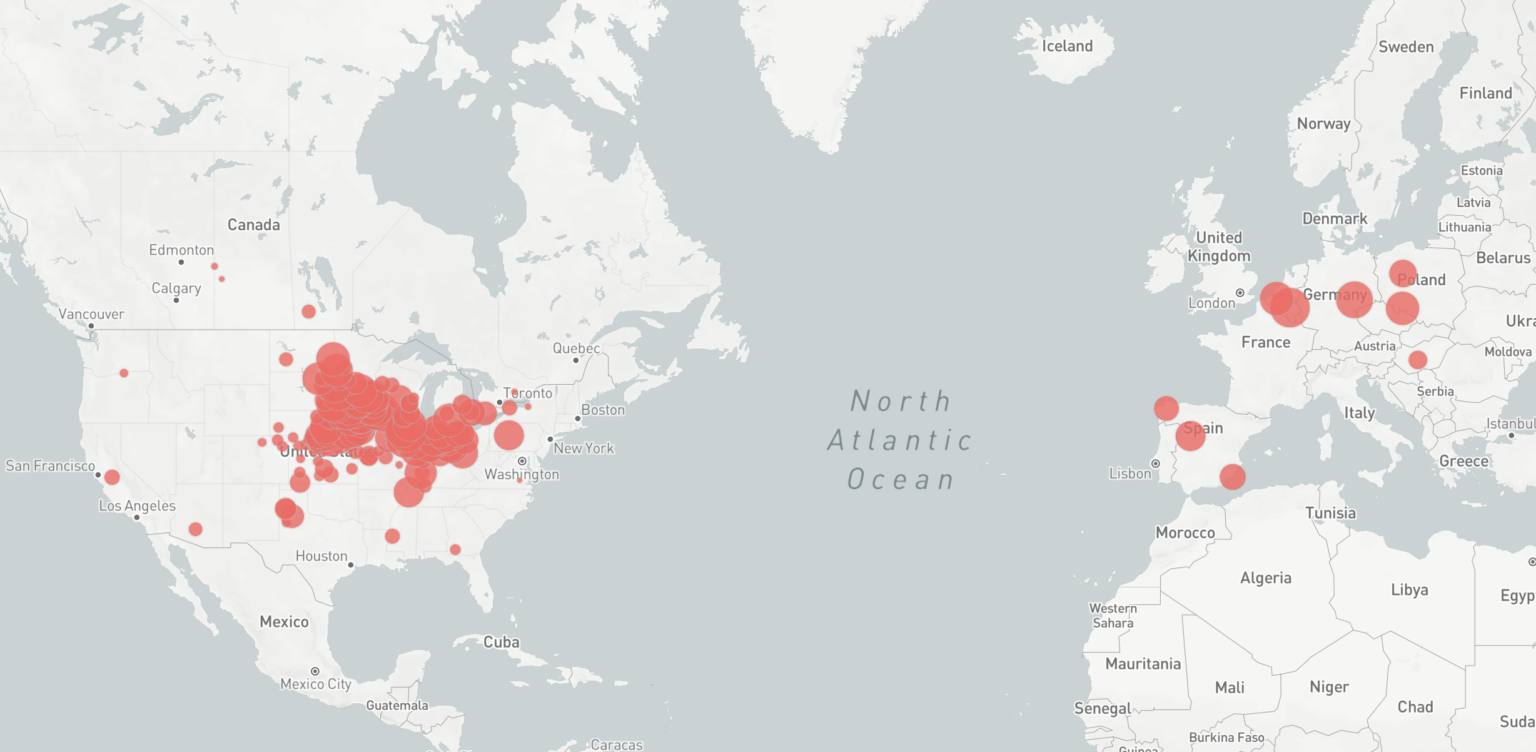
Biomass power plants
Biomass power plants use various types of bio-based fuels as input to produce power and/or heat. Many of these plants were originally designed and built to use biomass, while some other are converted from other fuels (typically coal). Moreover, some plants also use a mix of various fuel types (including both biomass and fossil fuels), therefore the share of biogenic CO2 at power plants can vary greatly, anywhere from 0 to 100%.
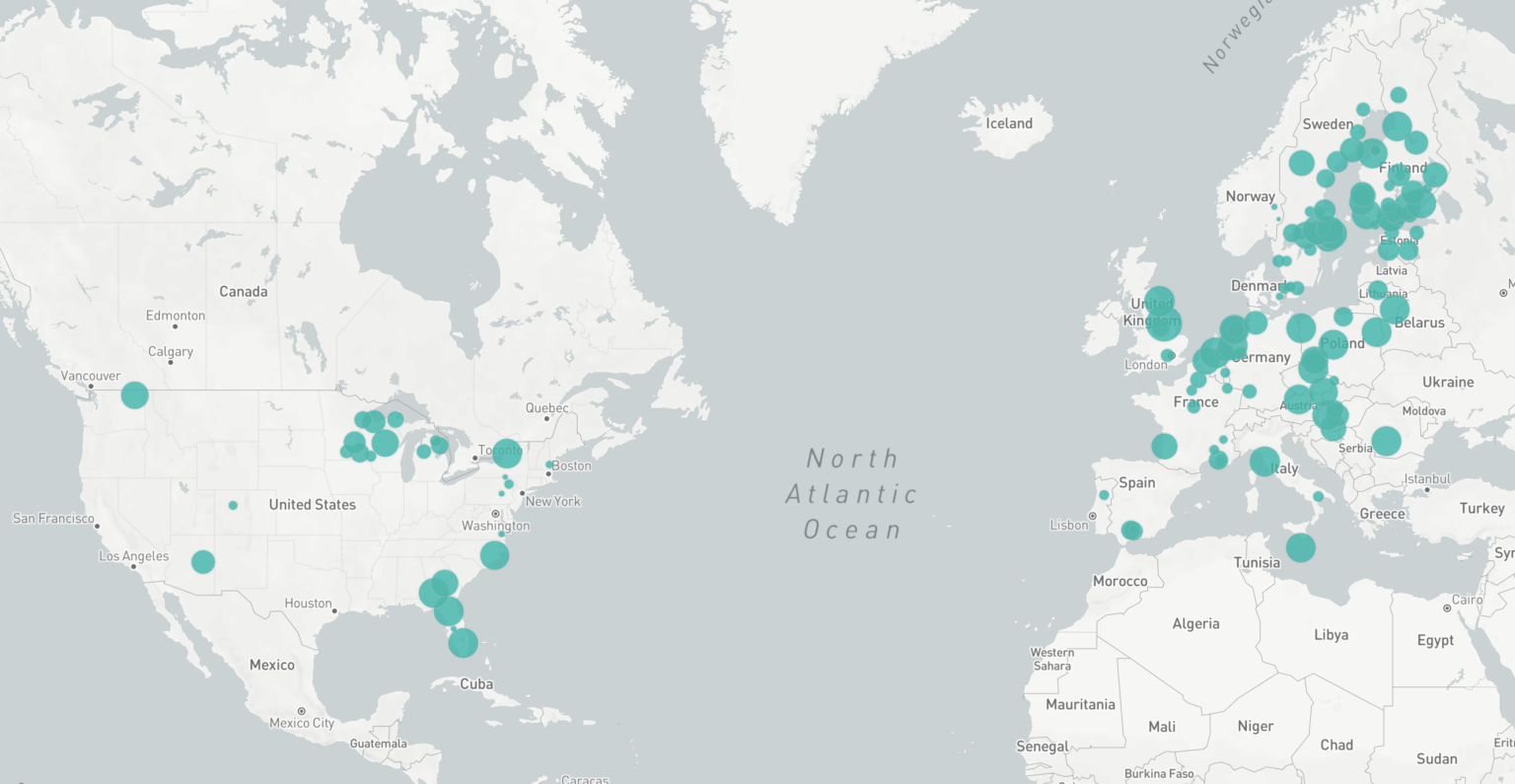
Waste to energy plants (WtE)
WtE burn waste to produce heat and electricity. It is often municipal waste with a mix of various fractions, including plastics, food, paper, and other types of materials. On average, about half of the waste contains carbon of biological origin (e.g. from food and paper), and therefore about 50% of the CO2 emitted from the WtE plants is biogenic. Based on reporting data from 112 different WtE plants in Europe and USA, the average biogenic share in their CO2 emissions is 59%, with variations from facility to facility.
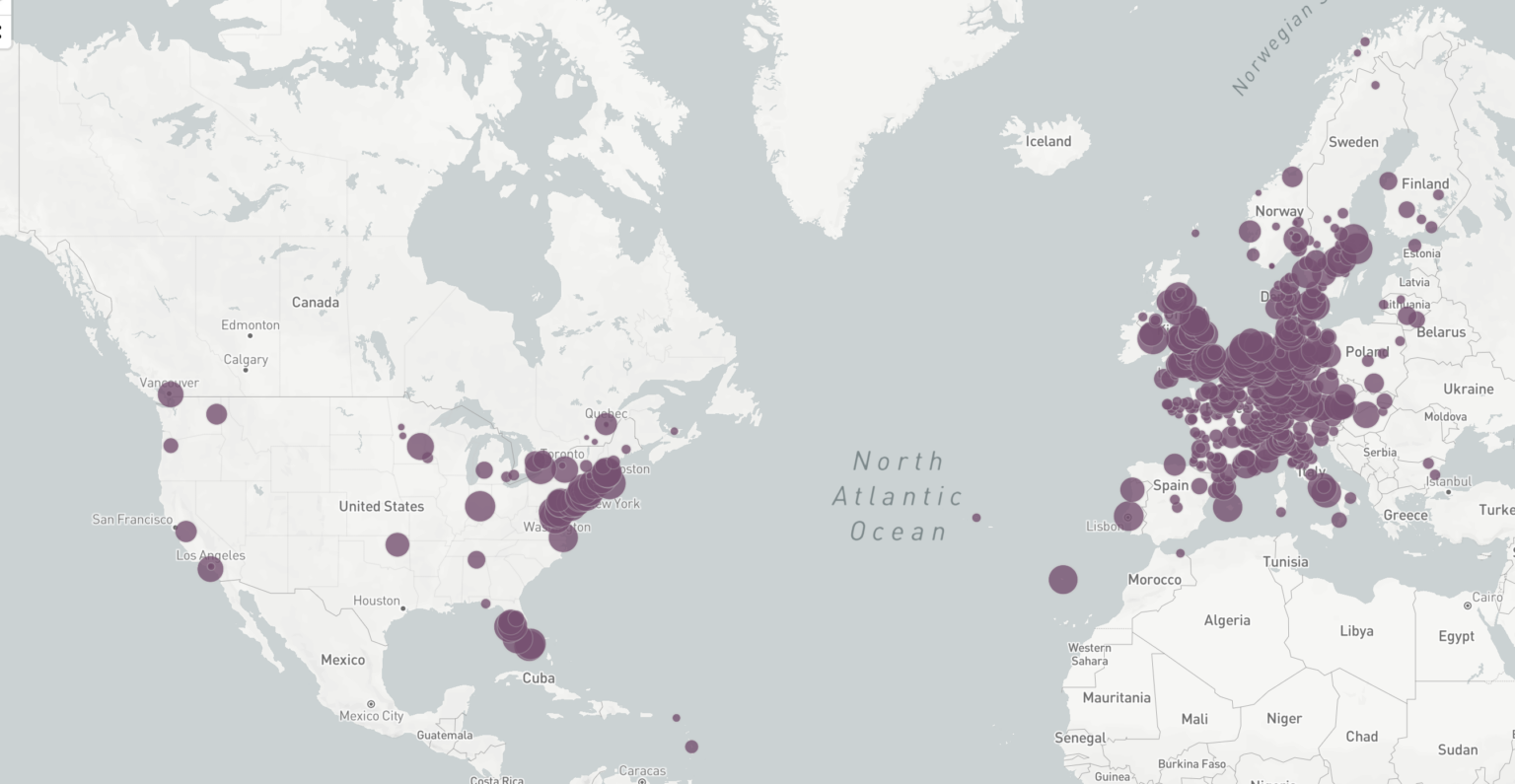
Cement plants
It often comes as a surprise that cement plants emit biogenic CO2. After all, almost 60% of the cement emissions come from the production process, which involves limestone, a substance literally made of fossils. These process emissions are generated during the chemical reaction that occurs when limestone and other materials are heated in the cement kiln to create clinker, the main ingredient in cement. This reaction releases CO2 as a byproduct. Energy-related emissions, on the other hand, are primarily generated by the combustion of fuels in the cement kiln to provide the high temperatures. Cement plants use of many different types of fuels, mostly of fossil origin, but also sewage sludge, wood waste, animal waste and many other types of biomass-based fuels. As a result, the CO2 emissions from many plants contain 5% to 15% biogenic emissions..
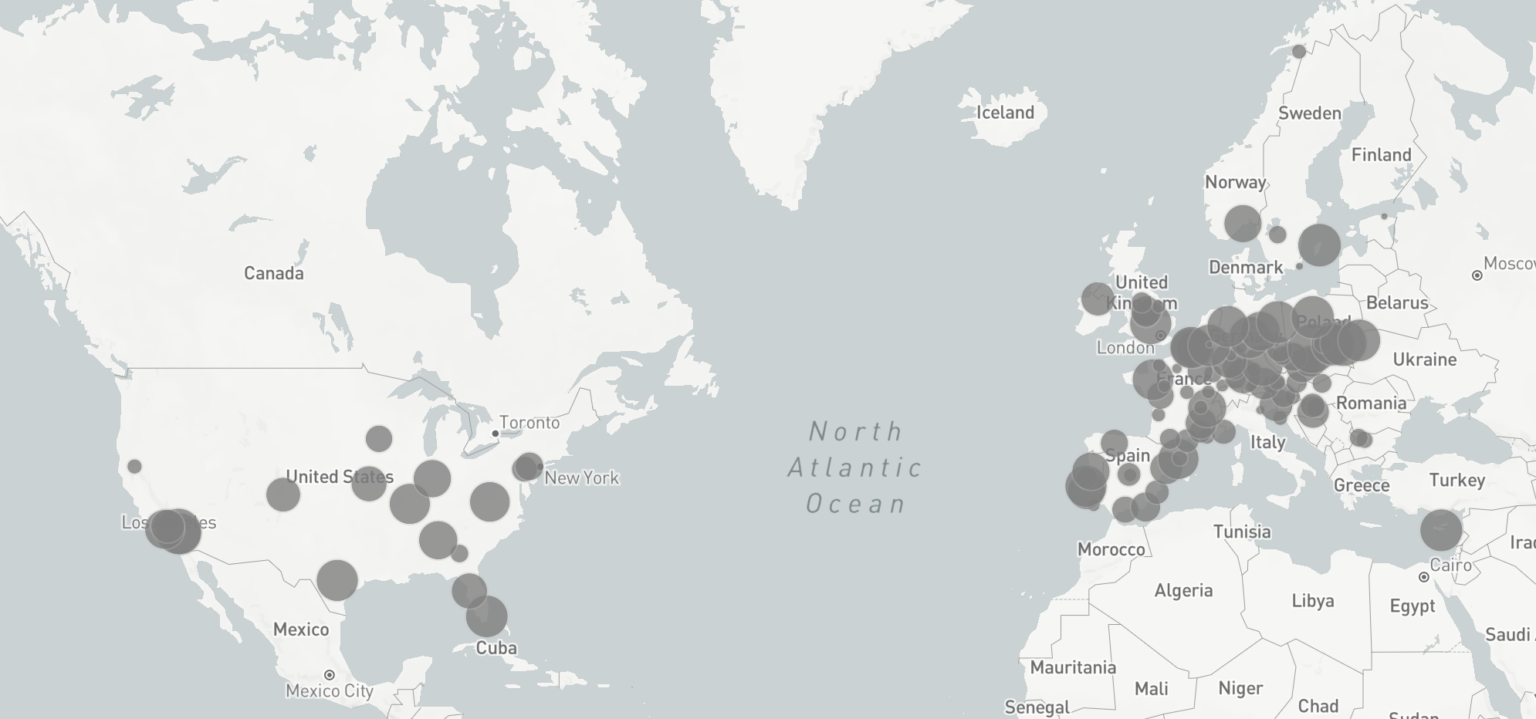
Pulp and paper
Pulp and paper production involves the processing of wood or other plant-based materials to produce paper, cardboard, and other paper products. Biogenic CO2 emissions occur during the pulping process, which is the process of breaking down the plant material to extract the cellulose fibers. In addition, other steps can also contribute to biogenic CO2 emissions (for example, the energy used to power the production process may come from the burning of biomass).
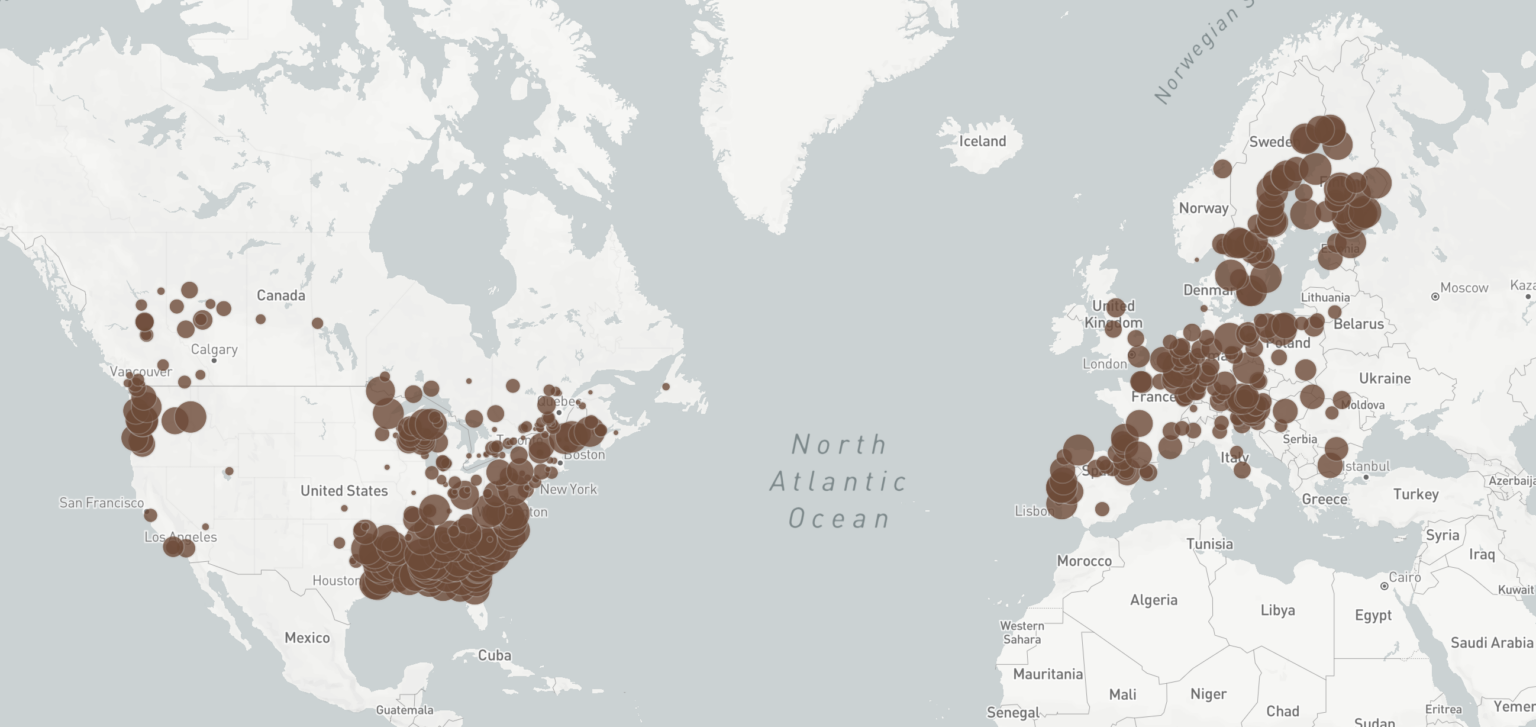
Alcohol and sugar production
In alcohol production, biogenic CO2 is released through the fermentation of organic materials (such as corn, barley, and sugarcane). During the fermentation process, yeast is added to the organic material to convert the sugars into alcohol. In addition to the fermentation process, other steps in the production of food-grade alcohol can also contribute to biogenic CO2 emissions. For example, the energy used to power the production process may come from the burning of biomass or other organic fuels. Biomass is also used as an energy source in the sugar industry. In addition some fermentation may occur during sugar production (depending on the process), leading to biogenic CO2 emissions.
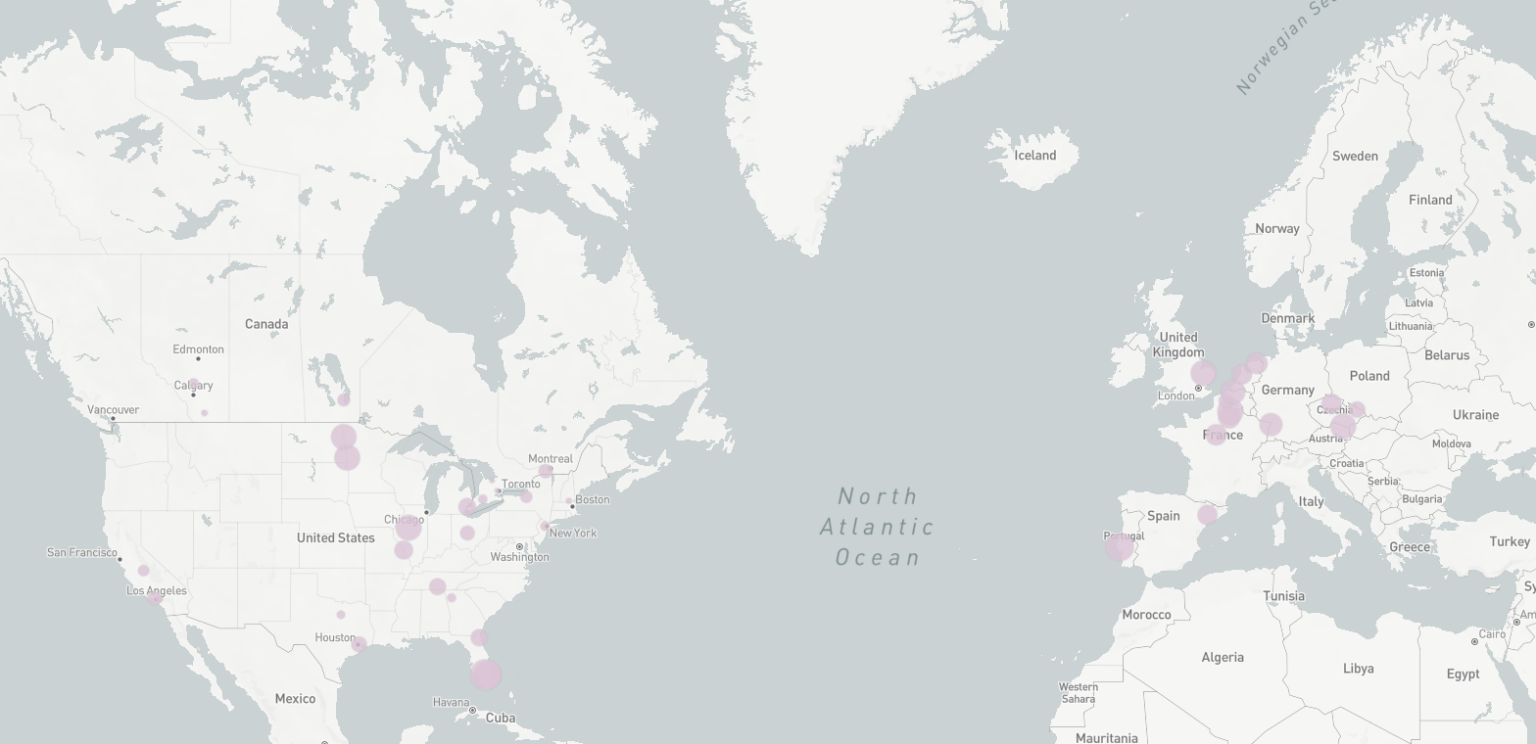
What about biogas plants?
Biogas, also referred to as renewable natural gas (RNG) in North America, is produced through the fermentation of food waste and other biomass-based resources into methane. This methane is an excellent renewable energy source, utilized for power and transportation, among other sectors. The output from the fermentation process typically consists of 65% methane and 35% CO2. However, for most production plants, only the methane fraction is commercially valuable. It is leading to the separation and on-site venting of the CO2. This CO2 stream has a high concentration, typically over 98% CO2, making it an attractive opportunity for collecting biogenic CO2 at low cost. A downside is that most biogas production plants release limited amounts of CO2. It is ranging from 10 000 tonnes per year for medium-sized plants to 40 000 tonnes per year or more for larger ones. Additionally, CO2 emissions are often not publicly reported in most countries, making it challenging to monitor the availability of biogenic CO2 volumes from biogas production plants..
Read the full material on the SAF platform.
We remind you that UABIO is a partner of the Sustainable agribusiness platform (SAF).
SAF is a communication platform that brings together agribusiness stakeholders and aims to establish strong links between market players and introduce sustainable approaches in agriculture. For this platform, our team prepares verified professional content on the bioenergy sector.

